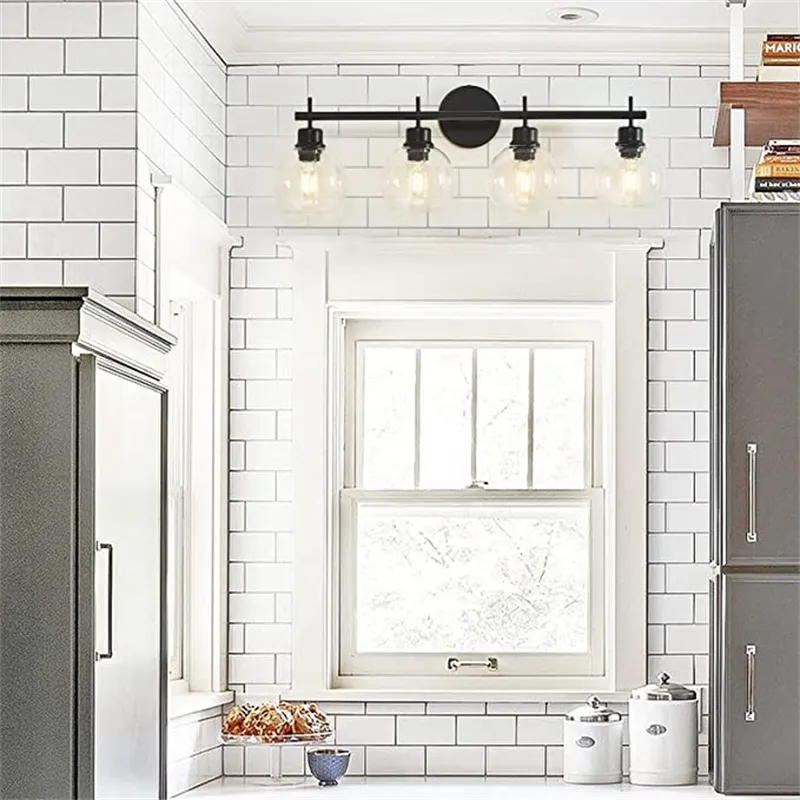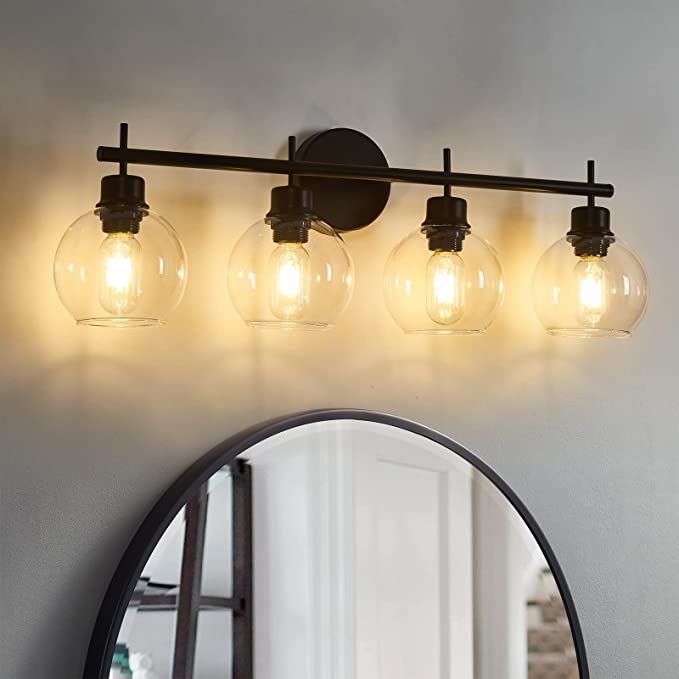What is the lumen value of LED lighting?
Whether in the home, commercial or industrial fields, LED lighting has replaced traditional incandescent and fluorescent lamps due to its advantages such as high efficiency, long life and environmental protection. However, for consumers, when choosing LED lighting, they often encounter various parameters and indicators, one of which is the "lumen value". Lumen value is a unit to measure the brightness of light sources. It not only affects the presentation of lighting effects, but is also closely related to energy saving effects, space lighting needs, etc. Therefore, understanding the lumen value of LED lighting and its meaning is crucial for consumers to correctly choose suitable LED lighting.
This article will explain in detail what the lumen value of LED lighting is, how to understand the lumen value, the relationship between the lumen value and other lighting parameters, and how to choose the right LED lighting according to the lumen value, so as to help consumers make more informed lighting decisions.

What is lumen value?
Lumen (abbreviated as lm) is a unit used in the International System of Units (SI) to measure the luminous brightness of a light source. In short, the lumen value represents the total amount of visible light emitted by a light source per unit time. Unlike "watts", which is a unit of measurement of the power consumption of a light source, lumens measure the intensity of the light emitted by a light source. Therefore, the higher the lumen value, the brighter the light emitted by the light source.
The definition of lumen value is not directly related to the power of the light source. For example, although LED lighting has lower power, its luminous efficacy (the amount of light produced per watt of power) is usually higher than that of traditional incandescent lamps, so at the same power, the lumen value of LED lamps is usually higher than that of traditional lamps.
In practical applications, lumen value is a very important reference standard for consumers when choosing lighting fixtures, especially when there are specific requirements for lighting brightness. Understanding lumen value helps consumers understand and evaluate the brightness of different light sources so that they can choose LED lighting that suits their needs.
Are LED bulbs brighter with higher lumen values?
On the basis of understanding lumen value, it is important to further clarify its relationship with lighting brightness. Lumen value is essentially a metric for measuring the brightness of light from a light source, indicating the total amount of visible light emitted by a light source per unit time. However, the lumen value is not equivalent to the "illuminance" (i.e. light intensity) of the light source, but a pure parameter of the brightness of the light source.
Brightness and illuminance of light source
The brightness of a light source indicates the total amount of light emitted by the light source itself, while the illuminance refers to the luminous flux received per unit area, measured in lux (lx for short). Illuminance is not only affected by the lumen value of the light source, but is also closely related to factors such as the distance from the light source to the illuminated surface and the illumination angle. Generally, the higher the lumen value of the light source, the stronger the illumination, but the actual effect of the illumination also depends on the distribution of the light source and the application scenario.

How to understand the impact of lumen value on brightness?
When choosing LED lighting, the lumen value is usually proportional to its lighting brightness. For example, the lumen value of an LED bulb is 800lm, which is usually equivalent to the brightness of a traditional 60-watt incandescent bulb. At this time, consumers can estimate the lighting brightness of the LED lighting by the lumen value, and make a reasonable choice.
For example:
The lumen value of an LED bulb is 400lm, which is suitable for bedside lamps or desktop lamps, providing soft light.
The lumen value of an LED bulb is 1000lm, which is suitable for large-area lighting places such as living rooms and kitchens, providing sufficient brightness to meet daily needs.
The lumen value of an LED bulb is 2000lm, which is suitable for large workspaces or areas that require high brightness, such as garages and shops.
It can be seen that the lumen value directly affects the brightness of the lighting environment, and the selection should be determined according to the actual lighting needs.
LED bulbs: What is the relationship between lumen value and power (wattage)?
Lumen value and power (wattage, W) are often mentioned together, especially when purchasing LED lighting, consumers often compare the relationship between lumen number and power number. But it should be clear that lumen value and power number are not directly equal, and the relationship between the two depends on the luminous efficiency of the light source (Luminous Efficacy).
Luminous efficiency refers to the amount of light that can be converted into how many lumens per watt of electrical energy, and the unit is lumen/watt (lm/W). Different types of lamps have different luminous efficiencies. LED lighting has a higher luminous efficiency, so at the same power, they can produce more lumens than traditional lamps.
The difference in light efficiency between LED lighting and traditional lamps
● LED lighting: The light efficiency of modern LED lighting is usually between 80lm/W and 150lm/W, and some high-efficiency LED lighting can even reach more than 200lm/W. This means that LED lamps can output more light at a lower power, thus saving energy.
● Incandescent lamps: The light efficiency of traditional incandescent lamps is low, about 12lm/W, that is, for every watt of electricity consumed, incandescent lamps can only produce 12 lumens of light.
● Fluorescent lamps: The light efficiency of fluorescent lamps is higher, usually between 40lm/W and 60lm/W, but still lower than LEDs.
Therefore, LED lighting of the same power can usually produce higher lumen values, thereby consuming less electricity while providing the same brightness.

How to choose the appropriate lumen value according to power?
Generally speaking, consumers can refer to the following comparison table of LED lighting power and lumen values to help choose suitable lighting equipment.
| Power (W) | Lumen value (lm) | Replacement of traditional bulb types |
| 5W | 400lm | 40W incandescent bulb |
| 8W | 600lm | 60W incandescent bulb |
| 10W | 800lm | 75W incandescent bulb |
| 15W | 1200lm | 100W incandescent bulb |
| 20W | 1600lm | 150W incandescent bulb |
| 25W | 2000lm | 200W incandescent bulb |
As can be seen from the table, the lumen value produced by LED lighting at the same power is much higher than that of traditional incandescent lamps. Therefore, consumers can choose LED lighting with appropriate power according to lighting needs to achieve the best balance between energy saving and lighting effect.
What is the relationship between the lumen value of LED bulbs and light color?
In addition to the lumen value, the color temperature (Kelvin, K) of the light source is also an important parameter that affects the lighting effect. Color temperature describes the color of the light emitted by the light source. Common color temperature ranges include warm white light (2700K-3000K), natural white light (4000K-4500K) and cold white light (5000K-6500K).
There is no direct relationship between lumen value and color temperature, but they jointly determine the comfort and applicable scenarios of lighting. For example, warm white light usually gives people a warm and comfortable feeling, which is suitable for leisure spaces such as bedrooms and living rooms; while cold white light is more stimulating and suitable for work environments or areas that require strong concentration. Different combinations of color temperatures and lumen values can achieve different lighting effects.

How to choose the right LED lighting?
When choosing LED lighting, it is crucial to understand the lumen value. Here are some guidelines for choosing LED lighting:
1. Clarify lighting needs: Determine the lighting brightness you need. For example, if it is for background lighting, choose LED lighting with a lower lumen value; if it is for a work environment or an area that requires high brightness, choose LED lighting with a higher lumen value.
2. Consider power and energy saving: Choose the right LED lighting based on the comparison between power and lumen value. Usually, lower-power LED lighting can provide sufficient brightness, so energy can be saved while ensuring the lighting effect.
3. Choose the right color temperature: Choose the right color temperature based on the needs of the space and personal preferences. Warm light is suitable for environments such as home bedrooms that need to create a warm atmosphere, while cold light is suitable for places such as offices and kitchens that require clear light.
